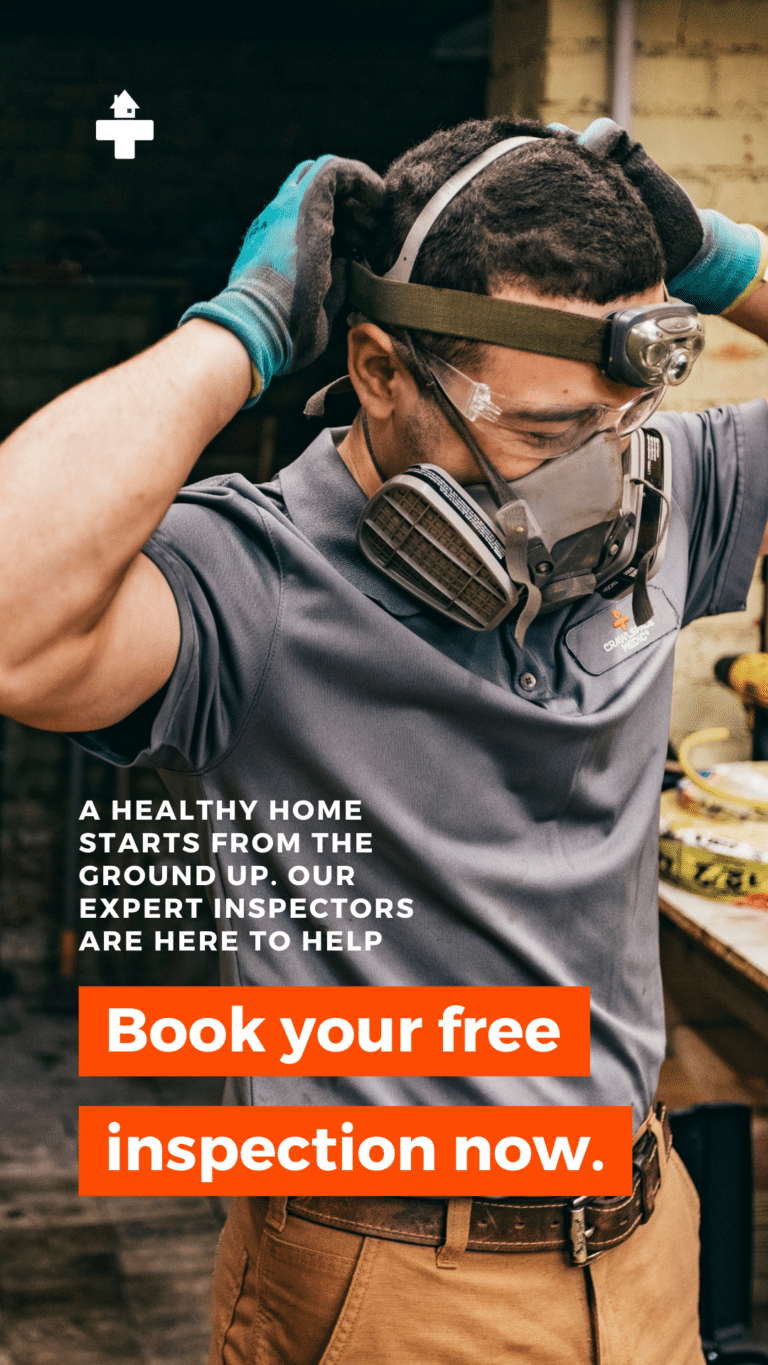If you have a crawl space in your home, one of the most important things you can do is to check it for moisture problems. Moisture problems in a crawl space can lead to a number of issues, including mold growth, wood rot, and even structural damage. That’s why it’s essential to make sure that your crawl space is free of any moisture-related issues.
Fortunately, it’s fairly easy to detect moisture problems in your crawl space. If you see any signs of moisture, you should call your local Crawlspace Medic to get a free inspection and estimate.
1. Check for Visible Signs of Moisture
The first thing you should do is to check for any visible signs of moisture in your crawl space. When moisture levels are high in your crawl space, more than likely you will be able to see it. You can look for water stains, discolored walls, or any condensation buildup on your pipes or systems.
2. Look for Excess Humidity
Excess humidity can also be a sign of moisture problems in your crawl space. Use a hygrometer to measure the humidity in the area and check if it’s above 60%. If it is, then it’s likely that you’re dealing with a moisture issue. An easy way to keep humidity levels down in your crawl space is by installing a dehumidifier. We understand most homeowners don’t have a hygrometer, which is why we offer free crawl space inspections. We’ll crawl under your home for you and share what we find!
3. Check for Musty Odors
Musty odors are another sign that you may have a moisture problem in your crawl space. If you notice any musty odors, it’s important to act quickly to address the issue. Depending on the severity of the issue, you may even be able to detect smells in the upstairs part of your home. Many don’t know that up to 60 percent of the air you breathe in your home comes from your crawl space. So, if you have high moisture levels, more than likely this can transfer into the rest of your home as well, causing further issues.
4. Check for Mold or Mildew
If you’re able to access the crawl space, check for any signs of mold or mildew. Mold and mildew can be a sign of excessive moisture and should be addressed as soon as possible. Mold grows in warmer, damp environments. So, having high moisture and humidity levels creates the perfect breeding ground for mold. Mold can cause much damage beyond health hazards, such as structural damage and wood rot.
By following these simple steps, you can easily detect any moisture problems in your crawl space. If you do detect any signs of moisture, make sure to contact a professional to inspect the area further and take the necessary steps to address the issue to avoid serious damage to your home and health.
